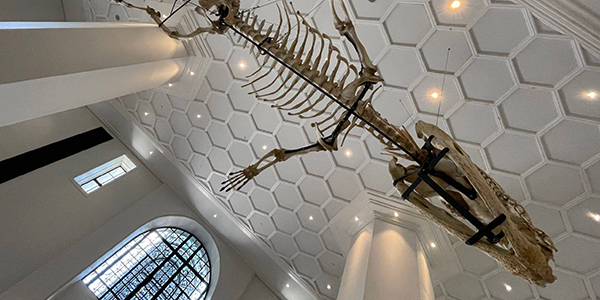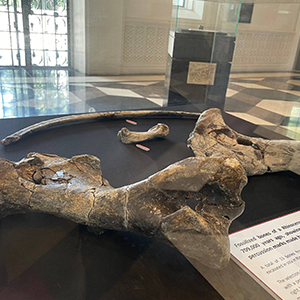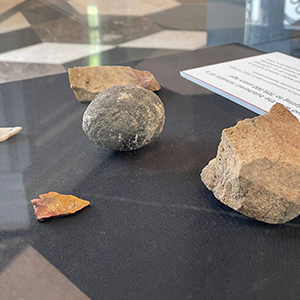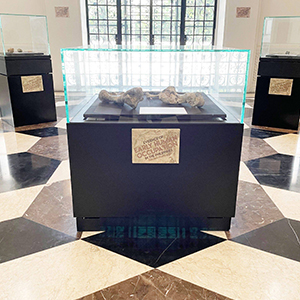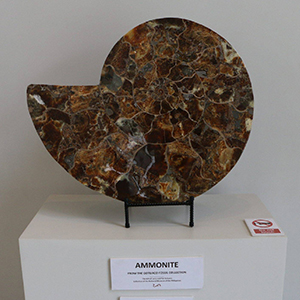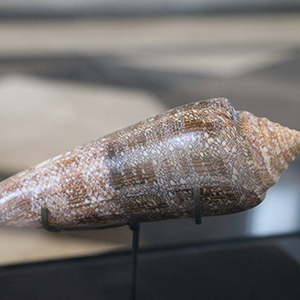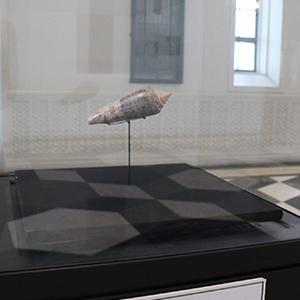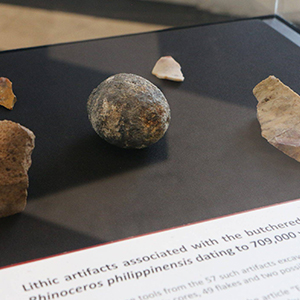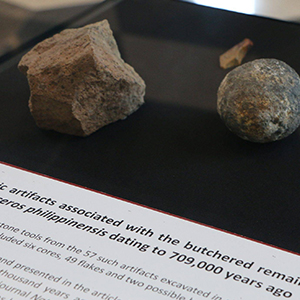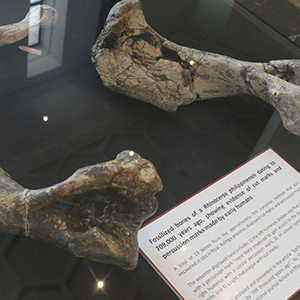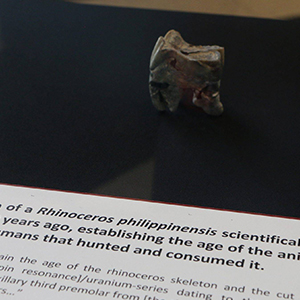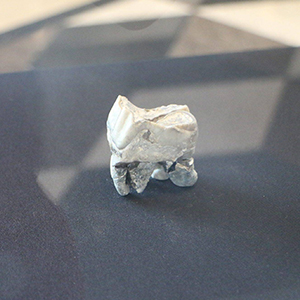| ‹ | Ayala Hall Reception |
› |
|---|
Ayala Hall, within the Philippine National Museum of Natural History, is a captivating space that showcases remarkable exhibits highlighting the country's natural history. The exhibits delve into paleoanthropology, paleontology, and wildlife conservation, offering visitors an immersive experience. From the breakthrough in paleoanthropology, unveiling evidence of early human activity over 700,000 years ago, to the mesmerizing Ammonite Mollusk exhibit, which provides insights into geological history, Ayala Hall captivates the imagination.
The hall also features the Conus gloriamaris exhibit, showcasing the "Glory of the Sea Cone," a rare and intricate shell that represents the diverse marine life found in Philippine waters. Moreover, the hanging skeleton of "Lolong," once the largest saltwater crocodile in captivity, serves as a powerful reminder of the importance of wildlife conservation. These exhibits not only educate visitors but also instill a sense of wonder and appreciation for the country's rich biodiversity.
Ayala Hall goes beyond being a repository of artifacts; it serves as a gateway to understanding our place in the natural world and our responsibility to protect it. The exhibits within Ayala Hall invite visitors to explore the mysteries of the past, reflect on the complexities of our planet's evolution, and embrace the role of environmental stewards. By fostering a deeper connection with nature, Ayala Hall inspires visitors to appreciate and preserve the Philippines' natural heritage for future generations.
